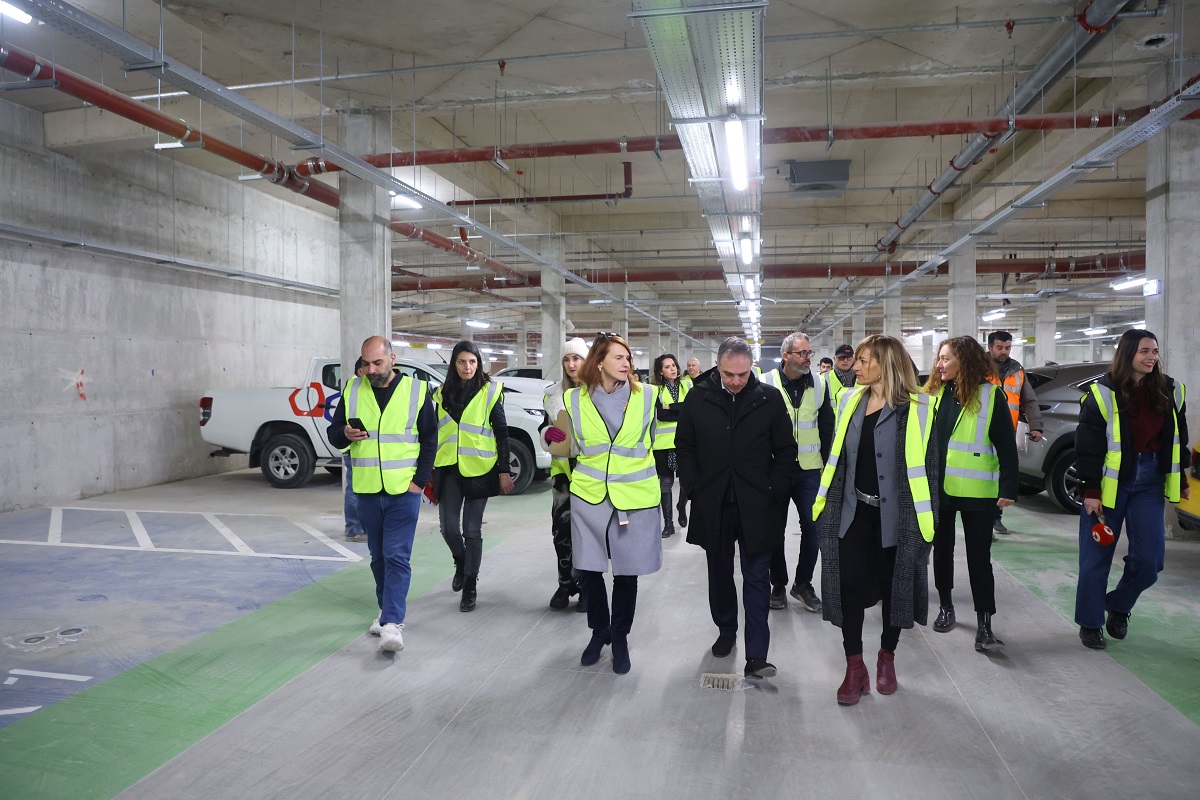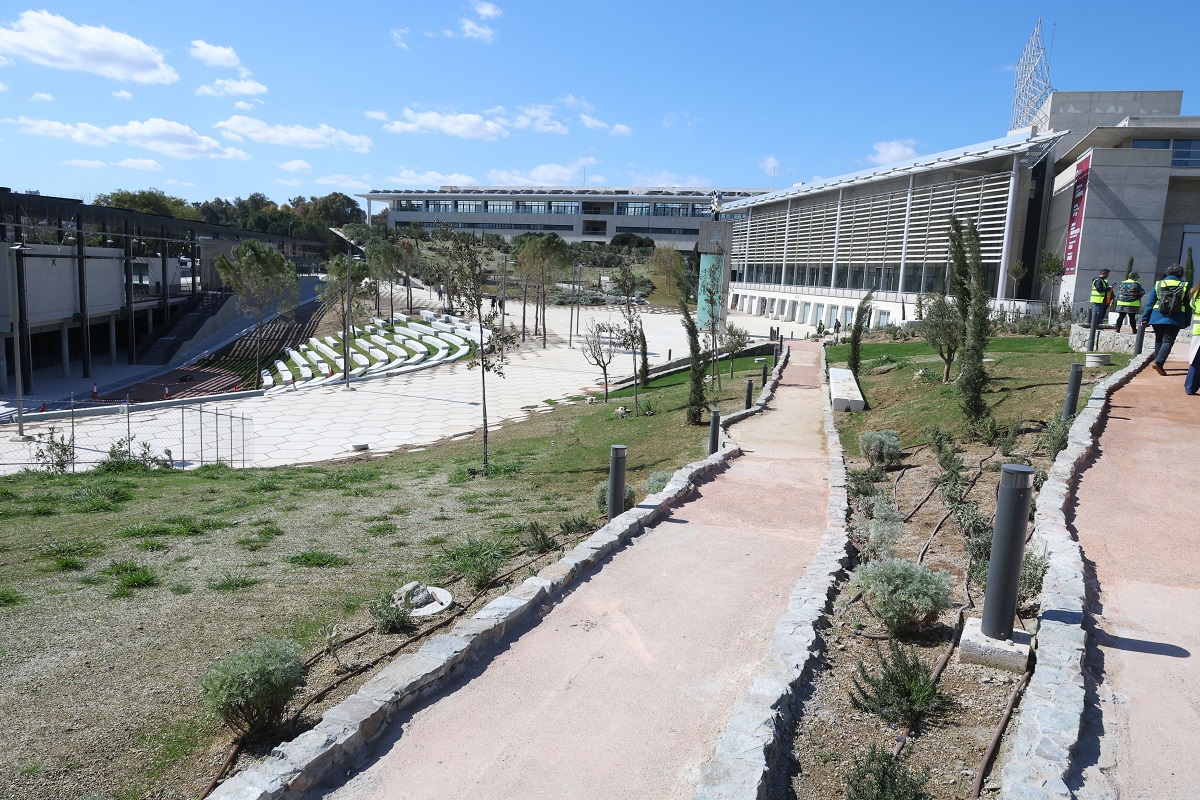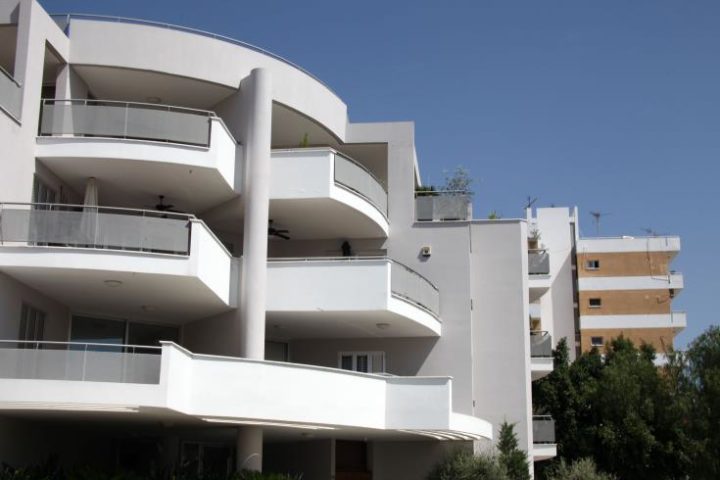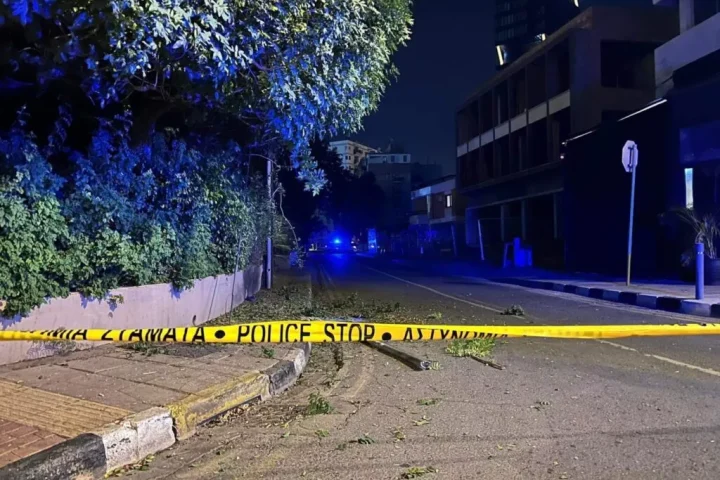What used to be the capital’s landmark sports ground for nearly a century, the ‘Old GSP’ area is coming back to life, 14 years after the public park project was conceived.
For 97 years, having hosted some of the island’s most important local and international football games, where track and field records were set and where the Cyprus Rally traditionally started and finished, the former GSP stadium in the centre of Nicosia has been transformed into a serene park and green area.
It is expected to be handed over to its new owner, the capital’s municipality, later this month, as part of a €27 mln EU co-funded design aimed at rejuvenating the heart of the town, interlaced with the commercial centre and surrounding high-rises.
The park, initially budgeted at €22.6 mln, is spread over 13,200 sq.m. where the old GSP football ground, athletic track and basketball pitches used to be, having surrendered part of the plot to accommodate the adjacent new THOC national theatre.
The stadium was demolished in 1999, but the layout has maintained a concept of two slopes reminiscent of the stands from where up to 12,000 often fanatical supporters used to cheer on their club or the Cyprus national squad, and watched legendary athletes set records, prior to the island’s participation in the Olympics.
The entire park area includes two-level underground parking for 554 vehicles, areas for shops, cafés and a public information centre, while it will also serve as a hub for small buses driving around the town. It meets all accessibility standards and has a smart, eco-friendly and sustainable irrigation system.
 Trees have already been planted and more are expected, particularly along Evagoras Avenue, while the landmark clock tower, historically located on the south west corner, has been replaced by a modern clock structure in the centre of the park, where public messages will be projected.
Trees have already been planted and more are expected, particularly along Evagoras Avenue, while the landmark clock tower, historically located on the south west corner, has been replaced by a modern clock structure in the centre of the park, where public messages will be projected.
The park has had its own share of political wrangling, after the home ground of the Gymnastikos Syllogos Pankypria was provided with state land in 1991 where the new GSP sports complex is at present at the southern entrance of Nicosia.
A tug of war ensued, with then-Mayor Eleni Mavrou holding the island’s first non-political referendum to determine the ground’s fate. By 2011, the project was put to tender and the current architectural plan awarded later in the year. Her successor, Constantinos Yiorkadjis, managed to persuade the previous administration to hand over ownership of the land to the municipality.
The project is co-financed by 60% from the EU Cohesion Fund under the “Thalia 2021-2027” programming period, with 25% paid by the state and the remaining 15% from the municipality’s budget.
The Thalia funding programme is managed by the Directorate General Growth at the Ministry of Finance, providing some €1.8 bln to public projects, including utilities, ‘smart city’ infrastructure, municipal and university buildings and community centres, enhancing green areas and encouraging energy saving. Some €1 bln of the Thalia plan is co-financed by the EU and €800 mln from national funds.
The project’s architects are a joint venture comprising Yiannis and Constantis Kizis, Gregoris Patsalosavvis and Thymis Doungas. The construction was undertaken by Cyfield Construction and Cyfield Development J.V.
Once the commercial facilities are completed later this year, the Nicosia municipality will proceed with operating tenders for the cafés and restaurants, as well as shops in the basement level. A smart online payment system will be used for the parking.











